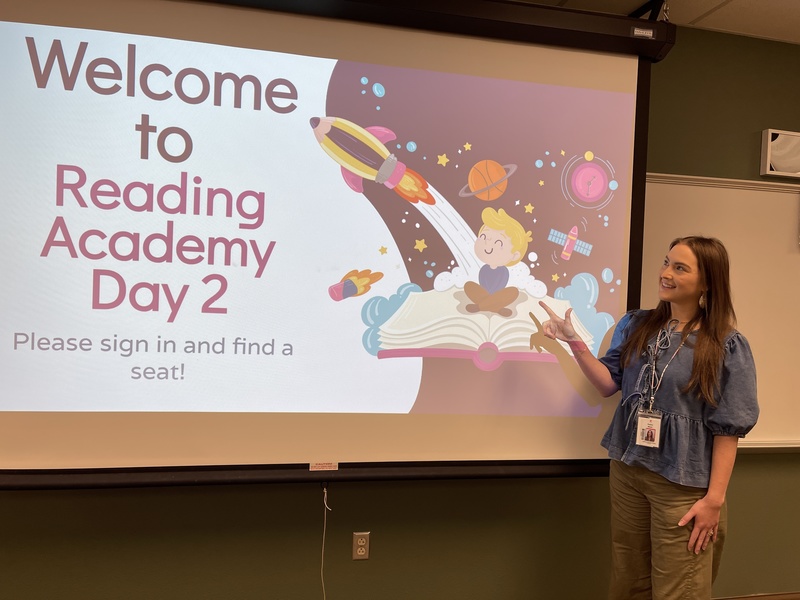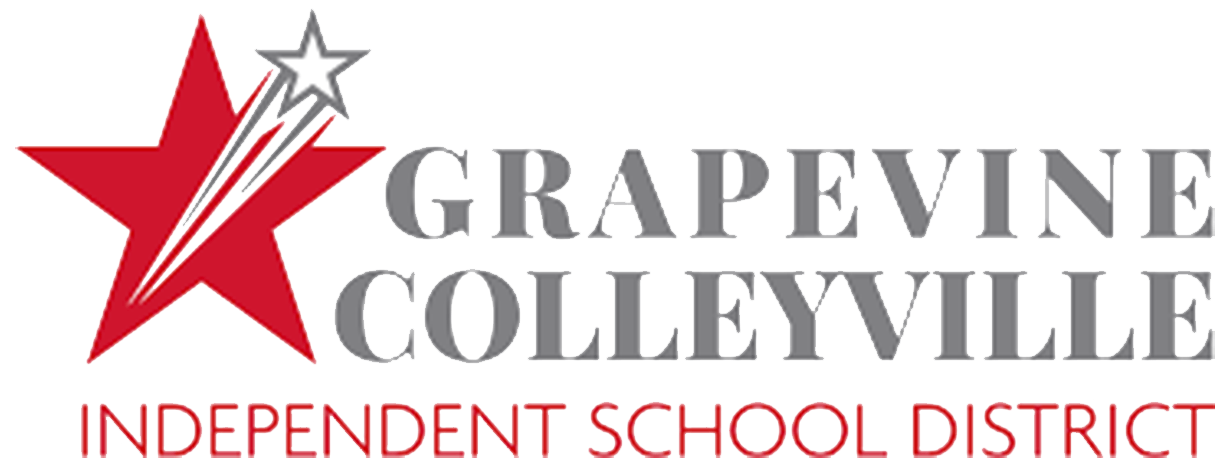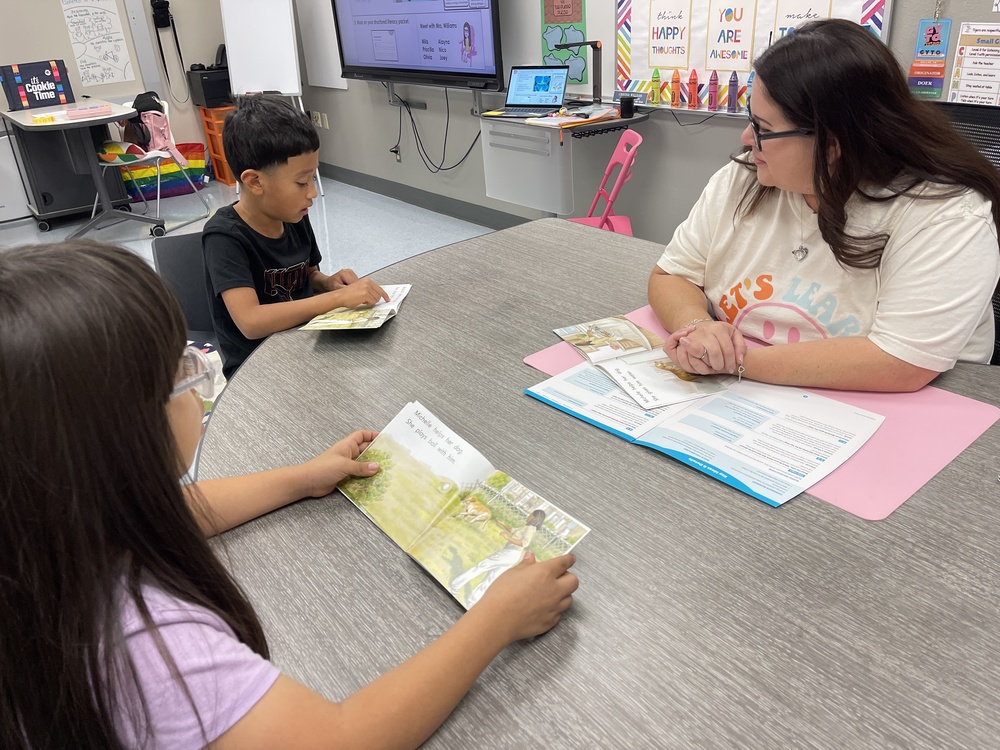GCISD has launched Curriculum Corner to provide families an inside look at the academic resources and progress of students. Look for more stories to be shared throughout the school year.
GCISD students are making academic progress. At the August 25, 2025 regular meeting, Chief Academic Officer Dr. Shiela Shiver highlighted several successes that are the result of district strategic actions that are equipping teachers with stronger instructional tools and leading to measurable gains in the classroom.
“I am proud of our teachers because they are driving our student learning and I'm very proud of our campus leadership who are leading the work because it is hard, challenging work,” Shiver stated during the GCISD Balanced Scorecard Report that focused on the 2025 A-F Accountability Ratings.
Campuses showed remarkable improvement with seven campuses raising their overall letter grade. Additionally, campuses earned various distinctions in math, science, post-secondary readiness and other areas for being in the top quartile when compared to other Texas schools of similar demographics.
Across the district, campuses demonstrated significant point gains in the areas the state ratings are based on: a 21-point improvement in Domain I (Student Achievement); a combined 108-point improvement in Domain II (School Progress); and in Domain III (Closing the Gap) 84 points of cumulative improvement.
These successes didn’t happen by chance.
Updated Curriculum
Over the past five years, the district has completely updated its curriculum in all core subjects. This means teachers now have a clear roadmap of what to teach and when, referred to as ‘scope and sequence.’ Additionally, readiness standards, which the state indicates are priority, are embedded into the curriculum to ensure they are covered during the school year.
The curriculum is also easier for teachers to use. Instead of digging through layers of online documents, teachers now have direct access to the unit guides and resources they need.
“There was a time when it took 20 clicks for a teacher to get to where they needed,” Shiver stated, adding that they also made clearer what documents they should be using. The clarity saves teachers time and ensures consistency across classrooms.

Provided Stronger Resources
Even in tight budgetary times, the Board and district invested in high-quality materials:
Reading and Language Arts: A new comprehensive K-8 English language arts HMH curriculum resource was added that aligned to the science of teaching reading training that all teachers were required to attend. “Now that resource was at their fingertips,” Shiver stated. Teachers are now in their third year of using it with many positive results and the research states the level of sustained growth is typical.
Math: The district added STEMscopes to fill the gaps while the state delayed the new instructional materials, which “is one of the areas that we need most,” according to Shiver.
Science: When the state updated science standards, the district began teaching them right away, even though the state was still going through a transition year.
Advanced Courses: Outdated AP textbooks were replaced so students and teachers now have up-to-date content.
Bilingual Instruction: The district also made updates to its bilingual program, which also is resulting in impressive results.
Using Data to Guide Instruction
Another big change was incorporating i-Ready for K-8 reading and math for diagnostic data and to assist while teachers are working with small groups.
Instead of using multiple tests from different vendors, Shiver added that “we replaced all those different assessments that we were using with one and we are now able to monitor our student growth over time.”
Since the diagnostic provides teachers with a dashboard, teachers can see their students' data results almost immediately, which helps them make informed instructional decisions to pivot instruction as needed.
i-Ready also provides digital lessons that are adaptive to each student's level, making their independent practice more effective because it provides personalized support. Additionally, teachers have access to differentiated lesson content based on student needs that can be used for small group instruction.
“In the past, if a teacher had four small groups within their classroom, they were tasked with needing to find the activities for those four different groups that were differentiated at the learning level of each student or group—a very tall task and we did not have a wealth of resources for that to happen,” according to Shiver.

Evidence of Growth
While the STAAR results are a snapshot in time, the STAAR results confirmed that the district’s actions are working with students moving up in performance levels. While changes to how the state calculates overall ratings mean the district’s letter grade looks the same, the data clearly shows academic growth across the district, especially in the elementary grades.
District and campus leaders are using data to develop improvement plans for the current school year, with actionable steps and systems to make adjustments and provide in-time support.
“Our campuses have a lot to be proud of,” Shiver said. “That growth comes from making thoughtful, data-driven decisions and ensuring our teachers, campus leaders, and district teams all have the support they need to help students succeed.”

